SPL Attacker, DeVerb & MoVerb Microplugs Review
SPL’s “Transient Designer” and its utilitarian, little Microplug cousins have held the admiration of innumerable audio engineers for about 25 years. It’s no secret that Transient Designer more-or-less remains the de facto standard by which most nearly every other Transient-shaping dynamics tool is measured against.
I won’t bother you with rhetoric and pointless word-count, reiterating what is considered common knowledge. Suffice it to say that SPL’s original hardware units, and their precisely-modeled plug-in counterparts, don’t raise the bar – they *ARE the bar. As first-time purchases, each of the Microplugs requires a healthy bit of weight in your piggy bank – Attacker Plus rings in at $99 (USD) with Mo-Verb and De-Verb closely taking up the rear at $79 bucks apiece. If you own licenses for the original versions, and are expecting enticing upgrade prices, Plugin-Alliance have slashed those amounts in half for you.
So you might be thinking to yourself: “Yawn . . . same ol’, same ol’ . . .What’s the big deal?”
The big deal, my friends, is that this upgrade is bigger and better in a few crucial ways.
SPL’s transient shaping operates entirely within the sphere of envelope processing - as opposed to audio volume adjustment. It’s a “level – independent” process. Attack and sustain characteristics of sounds can be shaped, regardless of their volume levels. In light of this, there is no need to *fiddle with threshold, attack and release controls. (Plugin-Alliance)
Installation:
Upon payment, a customer can immediately download the plug-in installers from within their user account area on the Plugin-Alliance web site. Each Microplug installer weighs in at close to 24Mb each. Remember, please, that AAX, VST3 and standard VST formats are all included within each installer. Each plug-in may be fully demoed for a 14-day trial period. Activation is a simple C/R (challenge/response) affair that is most easily accomplished while your DAW PC is online. Otherwise, ‘offline’ activation is also available. Each license permits up to three concurrent activations - on three separate computers. You may also use any standard USB thumb drive or SD card as a “dongle”, as it were. This is convenient if you’re a travelling engineer who needs to have a means of mobile product activation – very much like using eLicenser or iLok dongles.
Visual Design:
Oh goodie! “This is simply dandy, isn’t it, Barney?” “Why, it certainly is, “Fred. Now we can see what we’re doing a little easier, thanks to these larger interfaces.”
The first element to draw our attention on the Microplugs, is a pair of large rotary-knobs flanking the sides. In the center of the interface we have the ‘Limiter’ button, a ‘Gain reduction’ indicator and a ‘Dry/Wet’ knob. Along the top we’re provisioned with ‘Undo/Redo’ buttons, a grouping of four preset snapshot slots, and ‘Copy’, ‘Paste’ and ‘Reset’ buttons.
The overall appearance bears a good deal of similarity to the originals, but with more generously-proportioned appointments and slightly larger text elements. The whole presentation is attractive and inviting due to 3D-ish, photo-realistic graphics. The GUIs exude naturalism and visually convey ease-of-use and uncomplicated tweakability.
Performance & Functionality:
There really isn’t too much to fill up the page with here – and that’s a good thing. It’s nice to have simplicity and convenience immediately at hand. Attacker Plus, De-Verb Plus, and Mo-Verb Plus surely do fit the bill on both counts. Each plug-in is dedicated to a specific aspect of the transient-shaping spectrum. In actuality, a user only has a single dial to be concerned about – everything else is complimentary. In the case of “Attacker Plus”, the primary control is the ‘Attack’ knob. A ‘Reverb Reduction’ dial owns the spotlight on the “De-Verb Plus”, while ‘Reverb Enhancement’ is our go-to on “Mo-Verb Plus”. Briefly, here is what each of the three Microplugs accomplishes:
Common to each Microplug is a large ‘Output Gain’ knob on the right side. This comes in handy if you’re dealing with a hot input signal or if; for example, you increase the amount of ‘Attack’ quite high. By reason of these processors being Envelope shapers, rather than typical level-dependent dynamics’ tools, they’ll do their job irrespective to actual volume balance. Which quickly brings us to another wonderful addition – built-in soft peak limiting. With this obliging, new feature, avoidance of over-shoots and clipping is effectively implemented.
Whoops! Made a mistake or coughed while making adjustments? No worries – Convenient ‘Undo’ & ‘Redo’ buttons let you return the settings to their previous state. If you’d like to compare settings, you can easily (temporarily) store up to four snapshots using the ‘A – B – C – D’ slots. Copying and pasting control settings is but a click away, and lastly, you can reset the plug-ins to their default parameters with the ‘Reset’ button.
Sound Quality:
SPL’s Microplugs are professional-grade plug-ins, bearing the name of the industry’s creator and leader of transient shaping technology. These sound GREAT and perform admirably! With that said, be judicious in your mouse movements – a little goes a long way. Personally, I’ve found that any control position greater than 2 o’clock renders the effects undesirable (Attack, Reverb Enhancement, Reverb Reduction, specifically). At the range of 7 to 12 o’Clock, the sound is wieldy, solid and uncolored - IE. Transparent. On the other hand, exaggerated settings can be advantageous when used in conjunction with the built-in parallel processing feature. For years, creative engineers enlisted the “All In” mode on 1176 compressors to squash and distort whatever audio was being piped into the compressors. Afterward, the engineers blended the aggressive character in with unprocessed sources. This inevitably resulted in BIG, fat, thick-sounding drum tracks, for example. The same principle can be applied here as well. Supercharge the Attack of a snare drum and then dial in just the right amount of it with the dry sound - this results in HUGE impact while yet remaining very natural sounding. Pushing a bit of pink noise through them while monitoring with a spectrum meter, didn’t result in a visual indication of aliasing or artefacting.
CPU & Memory Consumption:
CPU consumption is reasonable. I estimate that any moderately-powered DAW PC, from 2012 and onward, is capable of running many simultaneous instances of these in a project. I loaded up a dozen instances of “Attacker Plus” into an empty Studio One 3.5 project on my Core i7 7700HQ. The PreSonus performance monitor remained under 20 percent.
Stay In The Loop - Subscribe Today!
Brother Charles is a freelance writer, Gospel music artist and minister. Charles had been a professional touring musician during the nineties; working primarily as a lead guitarist in the Canadian country music industry. Brother Charles is also involved with music production and quality home recording.
0 Comments
Your comment will be posted after it is approved.
Leave a Reply. |
NO SPAM! IK Multimedia Group Buy
FX Pick & Mix Group Buy - up to 16 for the price of 1
Will You Help?Web hosting is getting more and more expensive all the time, and Reviewer's Revival is NOT funded nor supported by any commercial enterprise or business. A donation of any amount is greatly appreciated. Even $2 or $3 for a coffee - every little bit helps. Thanks very much.
Legal BlurbAll of the articles published on Reviewer's Revival are undertaken to be purely objective, impartial reviews. Reviewer's Revival is not owned, funded-by, nor hired by any company or individual. Reviewer's Revival is the sole property of, and solely under the discretion and direction of Brother Charles. |

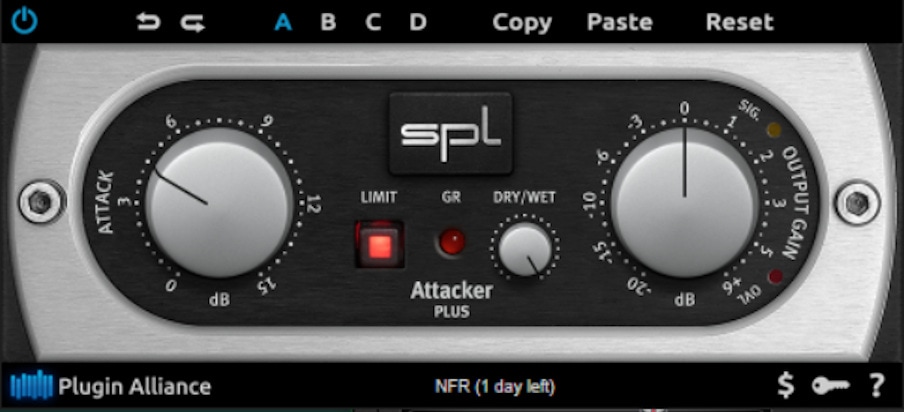
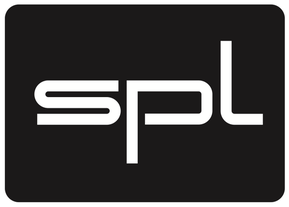
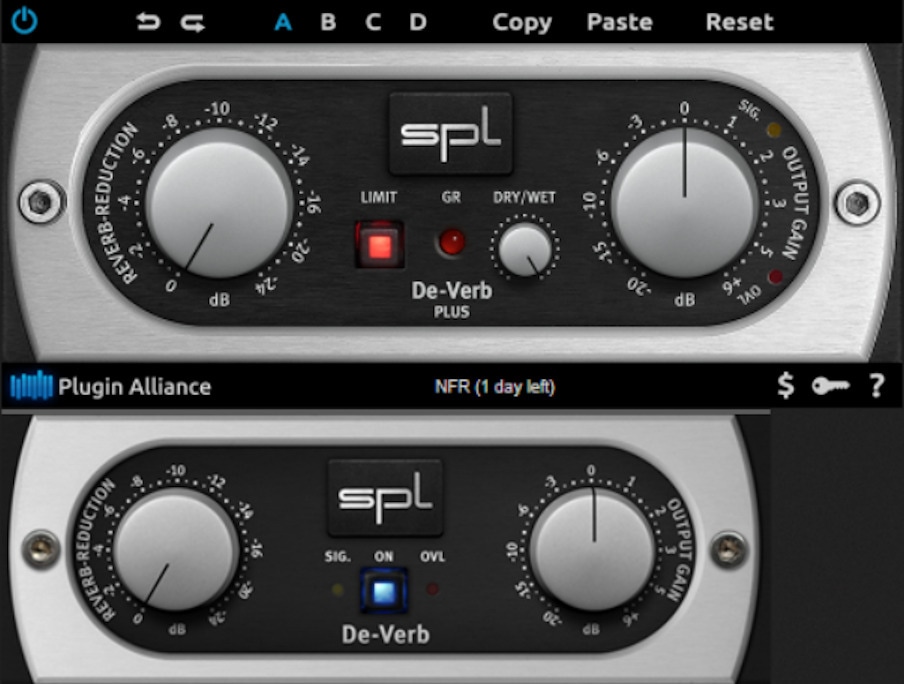
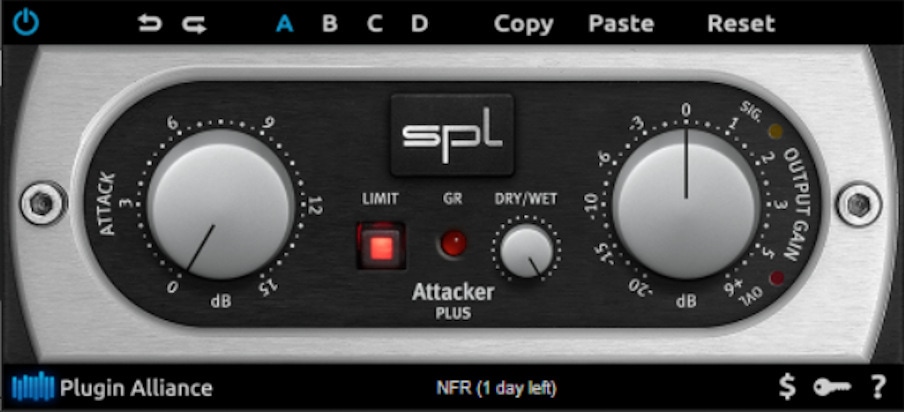
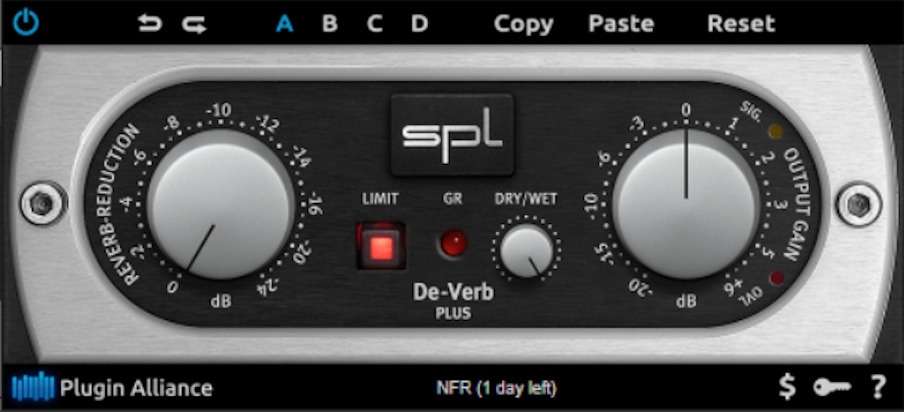
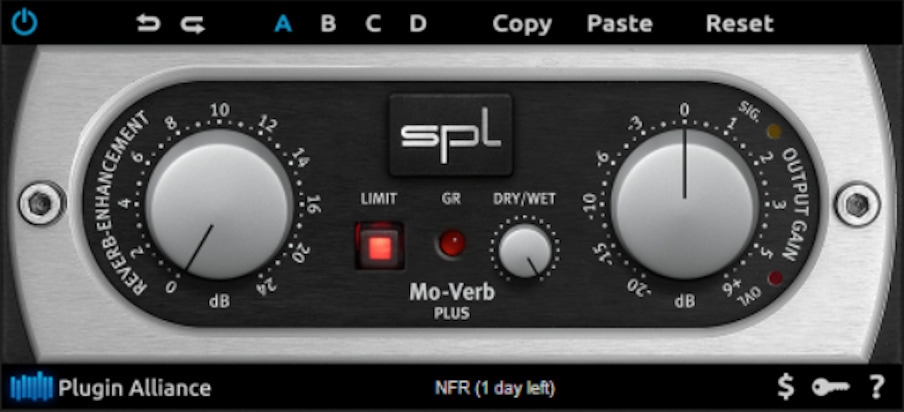




 15% OFF Summer Sale!
15% OFF Summer Sale!
 RSS Feed
RSS Feed

